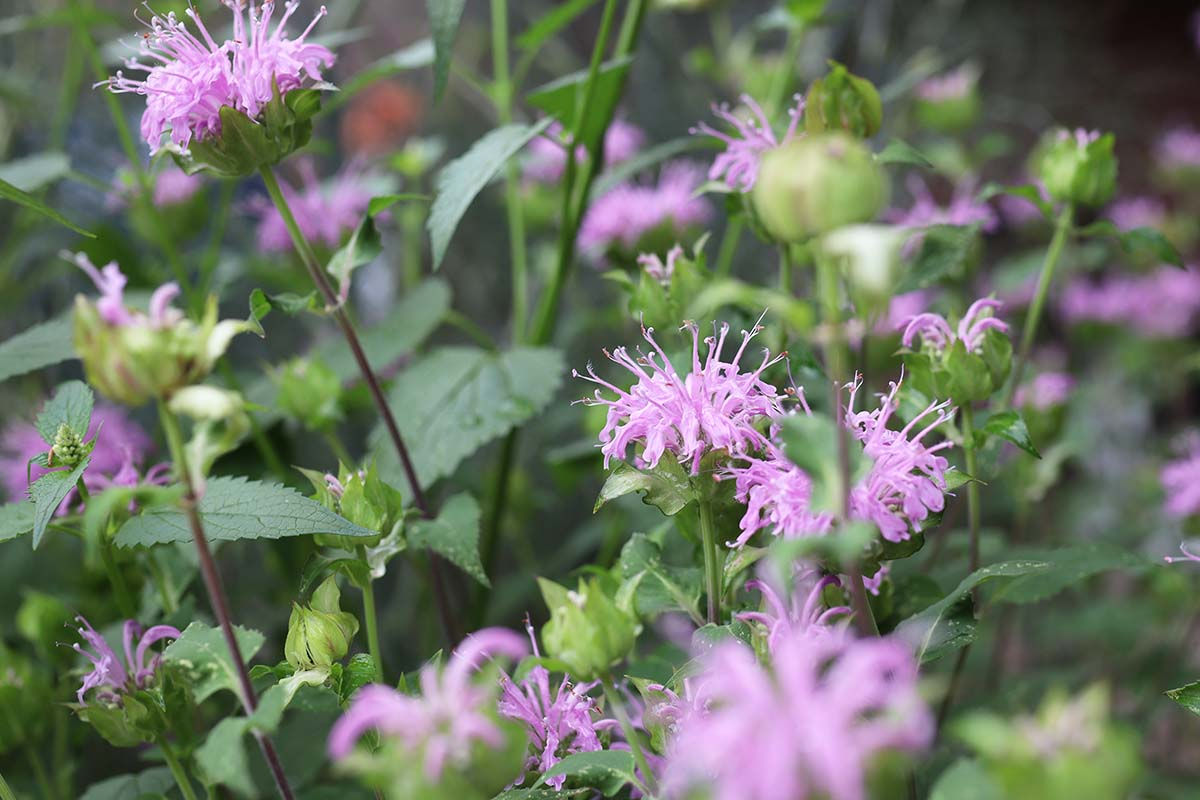Native Bee Balm: Pollinator-Friendly and Delicious, Too

As the dainty fireworks of bee balm flowers begin to erupt in summer, a time-lapse camera would reveal a growing and interactive crowd in motion. Native American bee balm is well-known as a pollinator-pleasing perennial, but it offers even more: Its aromatic leaves and flowers are edible.
Photography by Marie Viljoen.
Bee balm begins to flower in midsummer. Bee balm is also known as Oswego tea, although that etymology is murky (Oswego is a place, but not a Native nation).
Plant red-flowered bee balms to attract hummingbirds. Most bee balm plants at nurseries are either (scarlet bee balm), , or a hybrid of the two.
Bee balm is happy in mixed plantings with other meadow-friendly perennials in full sun. Growing bee balm is simple if you give the plants good drainage, full sun, and room to move (they spread via runners, underground).
Bee balm growing on New York City’s High Line. In full summer bloom, and with tall stems, bee balm tends to flop after heavy rain, so meadowy companion plants can be very helpful, keeping the plant propped up for a few, drying hours.
The seed heads of bee balm are showy and also attract seed-eating birds in fall.
Cooking black beans with chopped fresh bee balm and mugwort (Artemisia vulgaris) seeds and leaves.
Coal-grilled feta seasoned with bee balm leaves and flowers, chile, and extra virgin olive oil. Cook a foil-wrapped chunk of feta over coals for 30 minutes, and serve with your favorite flatbread or baguette.
Balm for the Bee – a refreshing summer sipper.
Bittersweet, smoky, and aromatic, this is a long drink to be savored. • 1 bee balm swizzle stick (stem with flower).
Balm for the Bee
A summer riff on the Caprese is brightened with flavorful bee balm flowers.
Quick-pickling any stone fruits adds a level of savory intensity to their flavor. • 2 Tablespoons extra virgin olive oil. In a bowl combine the peach slices with the vinegar, salt, and sugar.
Bee Balm Caprese